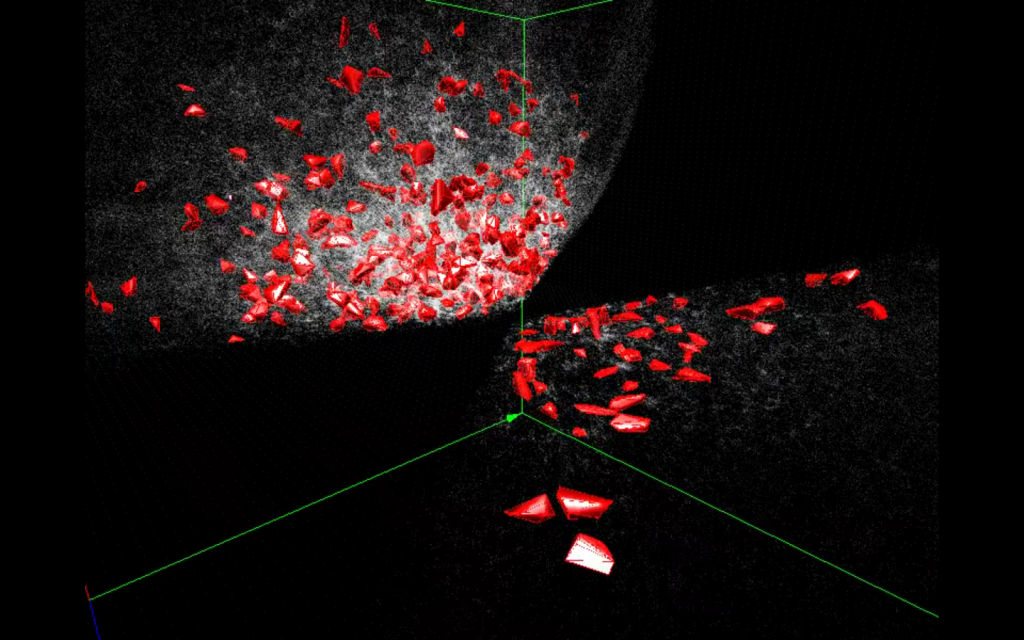Paul Sutter is visiting UCL this week to collaborate on the detection and cosmological uses of cosmic voids using wavelet methods. He kindly wrote a guest blog for EarlyUniverse@UCL.
Voids are all the large, empty spaces in the Universe. Until recently they have been mostly ignored as astronomers focused on all the bright, hot, and glowy stuff out there: stars, galaxies, and clusters. And we can’t really blame the astronomers: stars, galaxies, and clusters are easy to spot, easy to collect information from, have rich dynamics…in other words, they’re interesting.
Voids, on the other hand, are hard to identify, hard to collect information from, and have relatively uninteresting dynamics. In fact, they are so boring that their structure and evolution pretty much echoes the early universe with very little modification. This yields a surprising result: if we can reliably identify voids, then we have an almost perfectly clear window into the early universe and the nature of dark energy!
Galaxy surveys such as the Sloan Digital Sky Survey are mapping large volumes of the Universe, revealing many structures large and small, including cosmic voids. Working with Ben Wandelt and Guilhem Lavaux, I’ve adapted a void finder to work with real observational data.
The figure shows the distribution of medium-sized voids in our nearby universe. In the figure, the points are individual galaxies. With the additional help of David Weinberg, I’ve developed a public catalog of these voids. This catalog is accelerating many kinds of innovative void-based science.
More information can be found at cosmicvoids.net and pmsutter.com.

